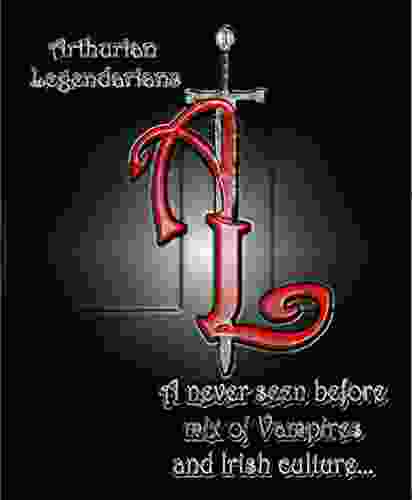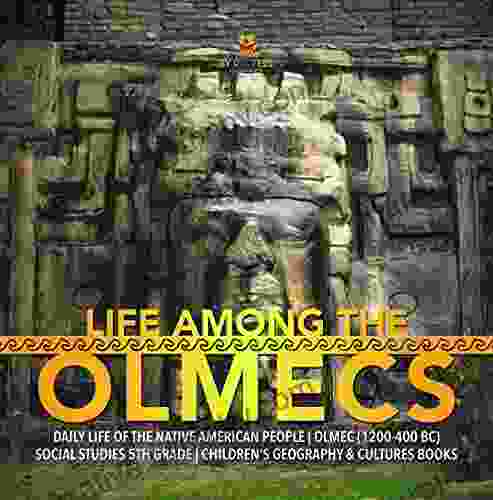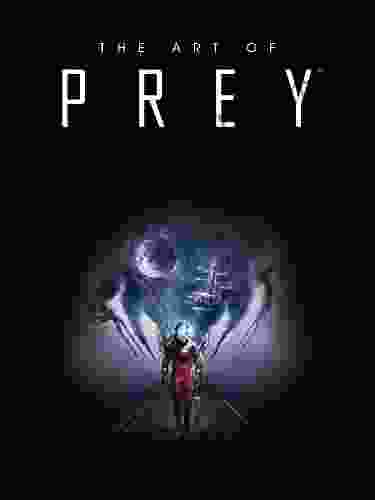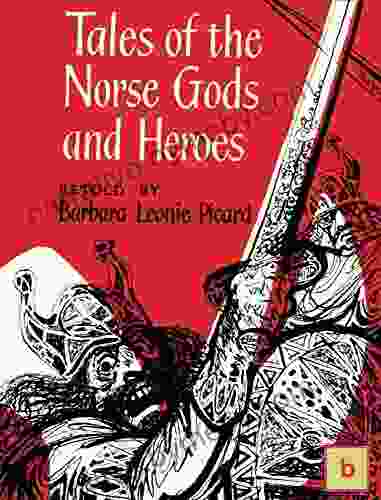Unveiling the Enigmatic Olmecs: A Journey into the Daily Lives of the Native Americans (1200-400 BC)

Amidst the verdant jungles of Mesoamerica, the enigmatic Olmec civilization flourished from approximately 1200 to 400 BC. As the progenitors of many cultural and religious traditions that later permeated other Mesoamerican societies, the Olmecs left an enduring legacy that continues to fascinate archaeologists and scholars alike. This comprehensive article delves into the captivating daily lives of the Olmecs, exploring their unique customs, social structures, and accomplishments.
A Thriving Society
The Olmec civilization emerged in the present-day Mexican states of Veracruz and Tabasco. The warm, humid climate and abundant natural resources of the region provided an ideal environment for human settlement and agricultural development. The Olmecs established numerous cities and ceremonial centers, including the renowned sites of San Lorenzo, La Venta, and Tres Zapotes. These urban hubs were home to a diverse population of farmers, artisans, merchants, and religious leaders.
5 out of 5
| Language | : | English |
| File size | : | 68365 KB |
| Print length | : | 76 pages |
Agriculture as the Lifeblood
Agriculture formed the backbone of the Olmec economy. The fertile soils and ample rainfall allowed for the cultivation of maize, beans, and squash, which served as the staples of their diet. The Olmecs also raised domesticated animals such as dogs and turkeys. They supplemented their diet with fruits, vegetables, and game from the surrounding forests and rivers.
Craft and Commerce
The Olmecs were highly skilled craftsmen who produced a wide range of goods. They carved colossal stone heads and other sculptures, which often depicted mythical or religious figures. They also created intricate jade ornaments, pottery, and textiles. Olmec artisans were renowned for their technical proficiency and their distinctive artistic style.
Trade was an important economic activity for the Olmecs. They established extensive trading networks that extended throughout Mesoamerica and beyond. They exchanged their goods for obsidian, salt, cacao, and other valuable materials. The Olmecs' trading activities facilitated the dissemination of their cultural influence and played a significant role in the development of Mesoamerican civilization.
Social Structure and Hierarchy
The Olmec society was hierarchical in nature. At the apex of the social pyramid were the elite rulers and priests, who controlled political and religious authority. The nobility consisted of high-ranking warriors, administrators, and master artisans. The commoners, who constituted the majority of the population, engaged in agricultural labor, craft production, and other essential tasks.
The Olmec rulers were often portrayed as divine beings or intermediaries between the gods and humans. They wore elaborate ceremonial attire and lived in lavish palaces. The priests performed religious rituals, conducted sacrifices, and interpreted the will of the gods. The nobility held positions of power and influence, leading military campaigns and managing the day-to-day affairs of the cities.
Religious Beliefs and Practices
Religion played a central role in Olmec life. The Olmecs believed in a pantheon of gods and goddesses, each associated with specific natural phenomena or aspects of human experience. Their most important deity was the Jaguar God, who symbolized power, fertility, and the underworld. The Olmecs also revered the Earth Mother, the Maize God, and the Rain God.
Religious rituals and ceremonies were conducted in sacred spaces, such as pyramids and temples. The Olmecs believed in human sacrifice as a means of appeasing the gods and ensuring prosperity. Human victims were often buried with offerings of jade and other valuable objects. The Olmecs also practiced bloodletting rituals as a form of self-sacrifice and purification.
Artistic Achievements
The Olmecs were renowned for their artistic prowess. Their colossal stone heads, which weigh up to 20 tons, are among the most iconic and enigmatic artifacts of Mesoamerican civilization. These heads represent individualized portraits and may have depicted rulers, priests, or deities. The Olmecs also produced a wide range of other stone sculptures, including altars, stelae, and thrones.
Olmec artisans also excelled in jade carving. They created intricate pendants, earrings, and other ornaments, often depicting animals, plants, or human figures. The Olmecs' mastery of jade-working techniques is evident in the exquisite precision and detail of their carvings.
Collapse and Legacy
The exact reasons for the collapse of the Olmec civilization remain unknown. However, environmental factors, such as climate change or volcanic eruptions, may have played a role. The Olmecs' cities were gradually abandoned, and their population dispersed.
Despite their demise, the Olmecs left an enduring legacy on Mesoamerican civilization. Their artistic traditions and religious beliefs influenced subsequent cultures, including the Maya, Aztec, and Inca. The Olmecs' colossal stone heads continue to inspire awe and wonder in people today, serving as a testament to their ingenuity and creativity.
The Olmecs were a thriving and complex civilization that played a pivotal role in the development of Mesoamerican society. Their daily lives were marked by a deep connection to nature, a sophisticated social structure, and an unwavering belief in the supernatural. The Olmecs' artistic achievements, particularly their colossal stone heads, have left an indelible mark on the world's cultural heritage. By exploring the fascinating world of the Olmecs, we gain a deeper understanding of the human experience and the rich tapestry of ancient civilizations.
5 out of 5
| Language | : | English |
| File size | : | 68365 KB |
| Print length | : | 76 pages |
Do you want to contribute by writing guest posts on this blog?
Please contact us and send us a resume of previous articles that you have written.
 Book
Book Novel
Novel Page
Page Chapter
Chapter Text
Text Story
Story Genre
Genre Reader
Reader Library
Library Paperback
Paperback E-book
E-book Magazine
Magazine Newspaper
Newspaper Paragraph
Paragraph Sentence
Sentence Bookmark
Bookmark Shelf
Shelf Glossary
Glossary Bibliography
Bibliography Foreword
Foreword Preface
Preface Synopsis
Synopsis Annotation
Annotation Footnote
Footnote Manuscript
Manuscript Scroll
Scroll Codex
Codex Tome
Tome Bestseller
Bestseller Classics
Classics Library card
Library card Narrative
Narrative Biography
Biography Autobiography
Autobiography Memoir
Memoir Reference
Reference Encyclopedia
Encyclopedia Ashley Franklin
Ashley Franklin Austin Murphy
Austin Murphy Automated Retirees
Automated Retirees Murray Chandler
Murray Chandler Wayne Van Zyl
Wayne Van Zyl Dennis Hopeless
Dennis Hopeless Christopher Seddon
Christopher Seddon Barry Sergeant
Barry Sergeant Barbara Lowell
Barbara Lowell Sigal Adler
Sigal Adler Thomas Swanson
Thomas Swanson Aurelia Jackson
Aurelia Jackson Barry Cunliffe
Barry Cunliffe Deborah Cohen
Deborah Cohen Peter P Wakker
Peter P Wakker Linda Crystal
Linda Crystal Arthur Turrell
Arthur Turrell Barbara Aoki Poisson
Barbara Aoki Poisson Barbara Bassot
Barbara Bassot Marie Mutsuki Mockett
Marie Mutsuki Mockett
Light bulbAdvertise smarter! Our strategic ad space ensures maximum exposure. Reserve your spot today!
 Henry Wadsworth LongfellowFollow ·11k
Henry Wadsworth LongfellowFollow ·11k Gilbert CoxFollow ·4.7k
Gilbert CoxFollow ·4.7k Hugh ReedFollow ·17.3k
Hugh ReedFollow ·17.3k August HayesFollow ·11.3k
August HayesFollow ·11.3k Brett SimmonsFollow ·16.3k
Brett SimmonsFollow ·16.3k Edwin CoxFollow ·6.5k
Edwin CoxFollow ·6.5k Reginald CoxFollow ·6k
Reginald CoxFollow ·6k Clayton HayesFollow ·15.5k
Clayton HayesFollow ·15.5k

 Ian McEwan
Ian McEwanWhy Didn't Anyone Say Anything? Uncovering the Hidden...
By [Author's...

 William Wordsworth
William WordsworthArthurian Legendarians: Faithless One - Part One – A...
In the realm of legendary tales, the...

 Corey Hayes
Corey HayesSSAT ISEE Prep Test: Arithmetic Review Flash Cards Cram...
Are you preparing for the SSAT or ISEE exam?...

 Robert Louis Stevenson
Robert Louis StevensonUnveiling the Essential Guide to Compliance: BCBS 239...
In the ever-evolving...

 Javier Bell
Javier BellJust Peachy: A Tale of Sweetness and Sassiness
Immerse yourself in a...

 Brent Foster
Brent FosterStep-by-Step Instruction Manual to Building a Real Estate...
Are you eager to embark on the...
5 out of 5
| Language | : | English |
| File size | : | 68365 KB |
| Print length | : | 76 pages |












